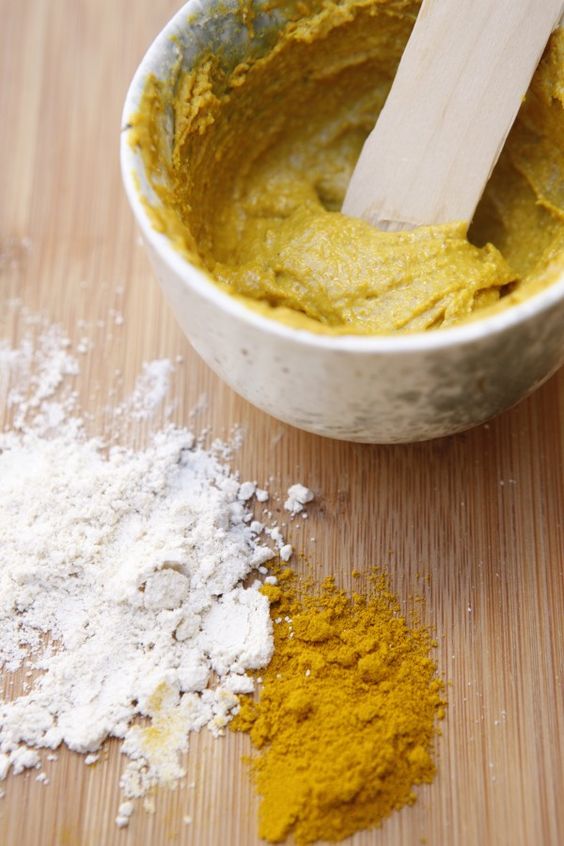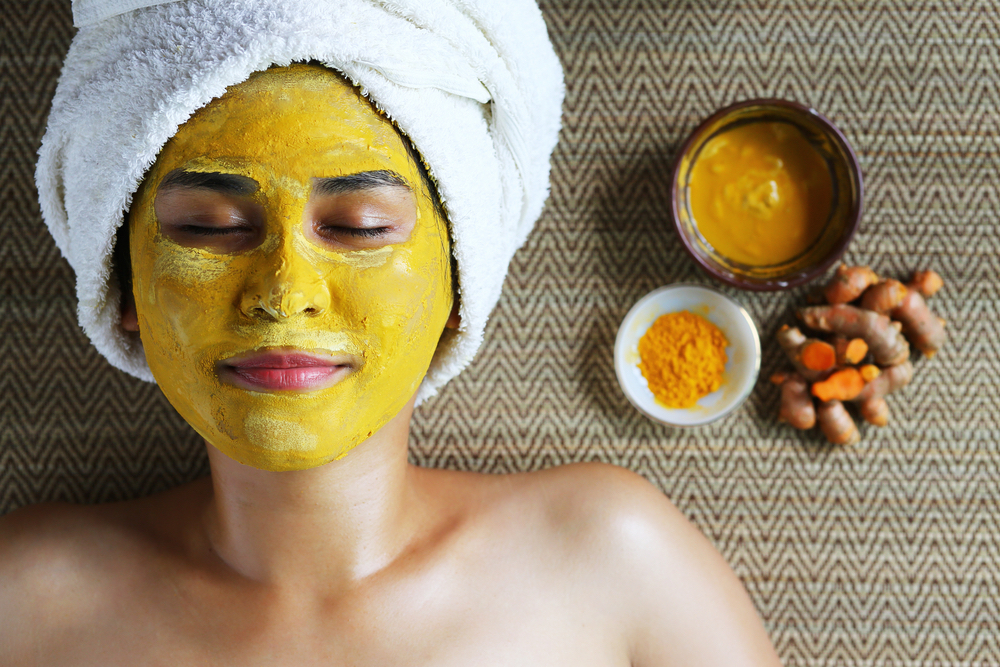Winter is here, and you know what that means — dry, flaky skin. The horror! Luckily, you don’t have to be condemned to chapped lips and cracked skin. Here are a few tried-and-true ways to find success in your winter skincare regimen!
Moisturize, Moisturize, Moisturize
A pretty obvious one — it’s everyone’s first go-to for any skin problem, but it’s not for nothing! Even for those with oily skin, moisturizer goes a long way to balance it out. If shine is a problem for you, there are plenty of mattifying moisturizers that do the job. There’s no need to go high-end, either — a drugstore product will definitely work just as well. See the list below on some great drugstore moisturizers you can grab today (click on them to buy!):
- Burt’s Bees Brightening Even-Tone Moisturizing Cream
- Neutrogena Oil-Free Moisture for Combination Skin
- Aveeno Positively Radiant Intensive Night Cream
- Nivea Soft Creme
- RoC Multi Correxion 5 in 1 Daily Moisturizer
- Vichy Aqualia Thermal Extra Sensitive Moisturizer
Try out a Face Mask
The Sephora face masks are always fun to try out and scare people with, but this winter, go back to your roots and ask your mom what she used to use on her face! Turmeric, milk, besan flour, and rose water are all popular products and blended together they make an amazing glowy face mask. There are plenty of tutorials on YouTube — just be careful not to overuse the turmeric. Remember, the lighter your skin, the easier you’ll stain yellow!
 [Your mixture of turmeric, besan, rose water, and milk should look like the picture above. Remember: Avoid adding too much turmeric to the paste because you don’t want the color to stain your skin. Picture courtesy: Pinterest.]
[Your mixture of turmeric, besan, rose water, and milk should look like the picture above. Remember: Avoid adding too much turmeric to the paste because you don’t want the color to stain your skin. Picture courtesy: Pinterest.]
Don’t Forget to Exfoliate
A lot of people make a huge mistake by using harsh scrubs to exfoliate. Being gentle with your skin is so important, especially in the winter when it’s prone to cracking! Chemical exfoliators, on the other hand, sound intimidating but are really the gentler option. AHA is great for those with dry skin, and BHA for those with oily or acne-prone skin — both are significantly less abrasive than physical exfoliators! It’ll get rid of all that dead skin and clean out those pores.
Check out the list below for some suggestions on what exfoliators to try this dry, winter season:
- La Roche-Posay Physiological Ultra-Fine Scrub
- Bioelements Quick Refiner
- KORRES Wild Rose Daily Brightening Refinishing Buff Cleanser
- SKINFOOD Rice Mask Wash Off
- Proactiv+ Skin Smoothing Exfoliator
 Susmita Paruchuri is a senior at Rutgers University in New Jersey, studying journalism, media studies, and mathematics, she also minors in Hindi. During her spare time, she loves dancing (she’s done years of Kuchipudi), singing (Carnatic, but nowadays mostly just belting Ariana Grande in the car), and binging TV (Mad Men, it’s always Mad Men).
Susmita Paruchuri is a senior at Rutgers University in New Jersey, studying journalism, media studies, and mathematics, she also minors in Hindi. During her spare time, she loves dancing (she’s done years of Kuchipudi), singing (Carnatic, but nowadays mostly just belting Ariana Grande in the car), and binging TV (Mad Men, it’s always Mad Men).





